Guildford pub bombs inquest: Soldier recalls being trapped
- Published
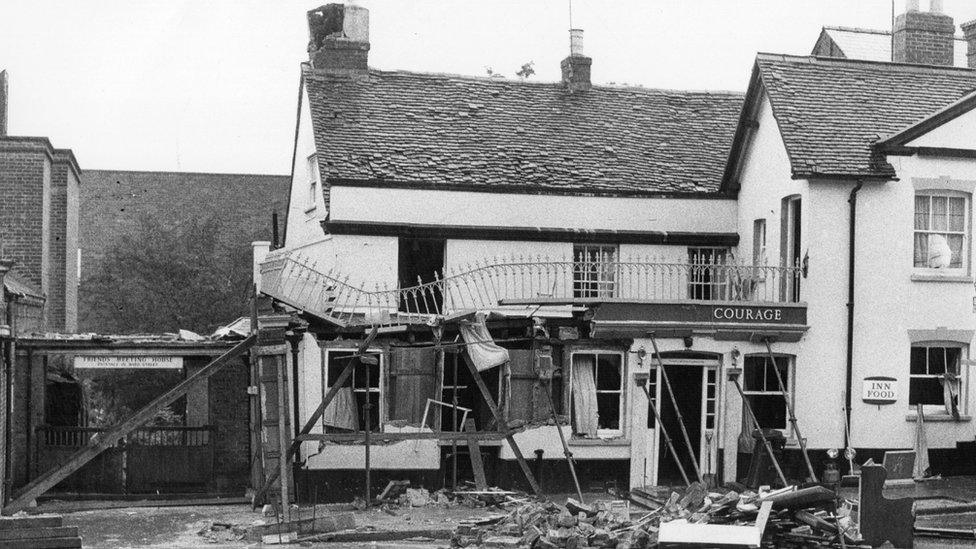
Mr Findlay managed to get out of the bombed pub either through a door or a window
A former soldier has recalled the moment he was trapped in a pub bombed by the IRA in 1974 when a live electric cable wrapped around his foot.
Alexander Findlay told an inquest the cable was flashing and giving electric shocks before he freed himself.
The IRA detonated bombs at two soldiers pubs in Guildford on 5 October 1974, killing five and injuring 65.
Mr Findlay was standing near the four soldiers who died, an inquest at Woking Coroner's Court heard.
The Guildford Four and Maguire Seven were wrongly-convicted for the attacks before the IRA claimed responsibility.
Those who died were 21-year-old civilian Paul Craig and soldiers Ann Hamilton, 19, Caroline Slater, 18, William Forsyth, 18, and John Hunter, 17.
Mr Findlay, who was 19 at the time, and serving with the Royal Household Cavalry, said: "I saw a flash. It blew my eardrums away. I can remember an electric cable wrapped around my leg. I tried to pull it free. I fell, I don't know whether backwards or forwards."
He said he then saw the blue lights of emergency services outside the pub.
He said: "I managed to get up. I said 'I've got to get out of here'."
Mr Findlay told the inquest the cable, which was around his foot, was live and kept flashing, and giving him shocks.
He was trapped in the pub for between five to 10 minutes before he managed to get out either through a window or a door and collapsed outside.
"You couldn't see for the dust, the debris and the smoke," he said.

Caroline Slater, 18, Ann Hamilton, 19, William Forsyth, 18, John Hunter, 17, and plasterer Paul Craig, 21, died in the first explosion at the Horse and Groom
Mr Findlay, 67, who is now retired but went on to spend 30 years working as a fireman, was left with perforated eardrums, injuries to his leg, cuts, burns and lacerations.
The inquest heard a statement from 1974 from pathologist Prof Arthur Mant, who gave the cause of death for those who died as blast injuries.
Injuries they suffered included fractures and burns, haemorrhages, wounds, lacerations and bruising.
Prof Mant said the injuries to Ms Hamilton, Mr Hunter and Mr Forsyth were consistent with an explosive device being detonated to their left. Ms Slater's injuries were consistent with a device being detonated beneath her. Mr Craig's injuries were from the device being to the right.
Mr Travers is expected to give his conclusions next week.
The inquest, which is sitting without a jury, is looking into the five deaths. It is not looking at perpetrators, the wrongful convictions or the original police investigation.

Follow BBC South East on Facebook, external, on Twitter, external, and on Instagram, external. Send your story ideas to southeasttoday@bbc.co.uk.
Related topics
- Published5 July 2022
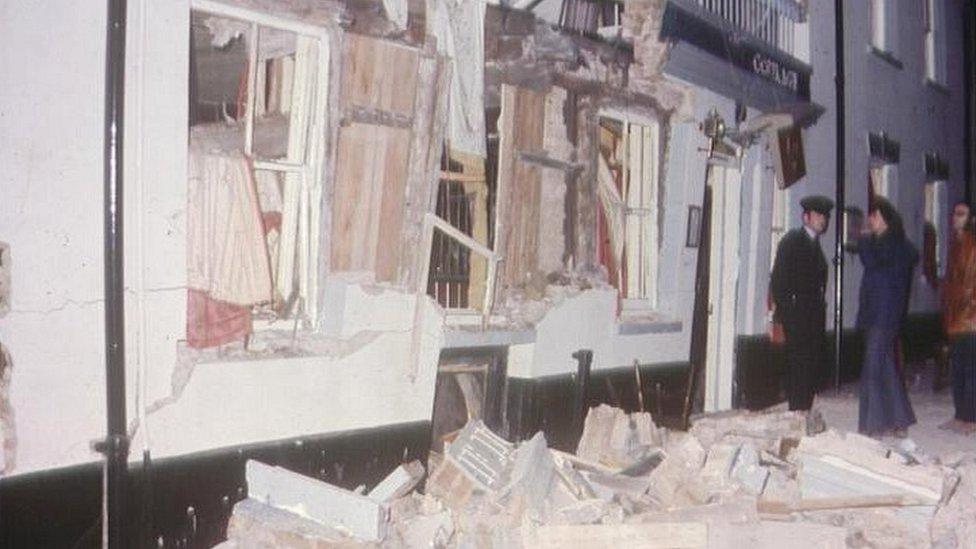
- Published1 July 2022
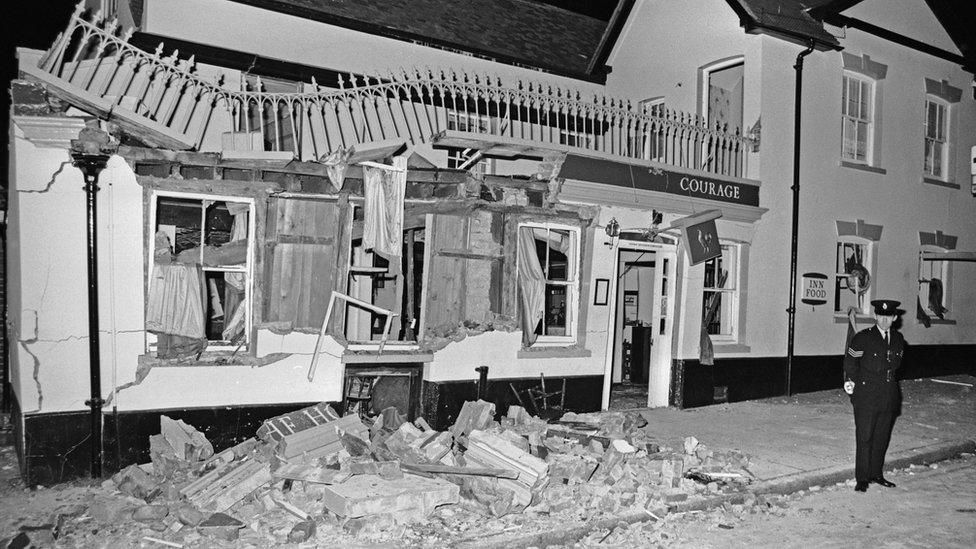
- Published29 June 2022

- Published28 June 2022
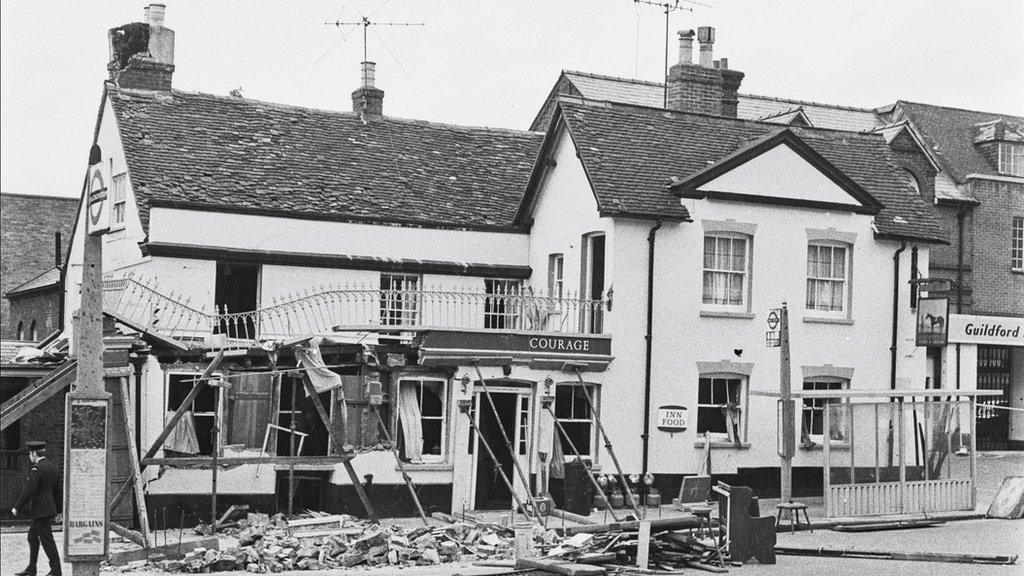
- Published27 June 2022
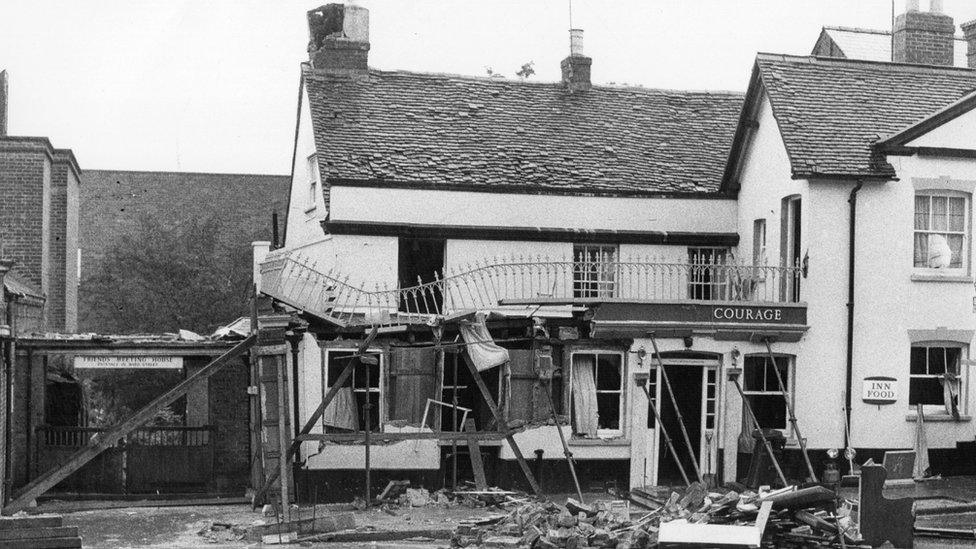
- Published21 June 2022
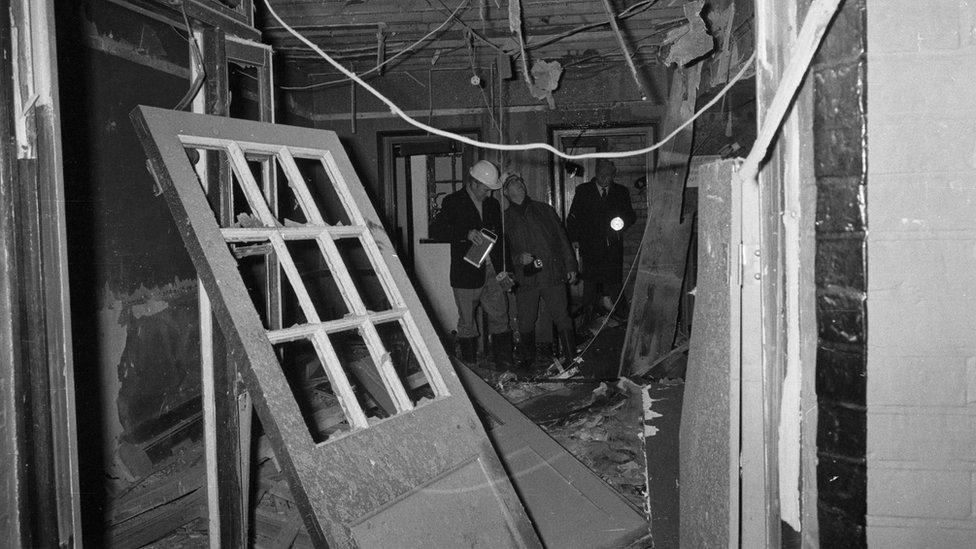
- Published20 June 2022
